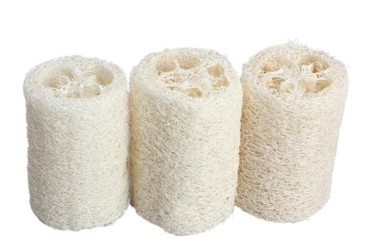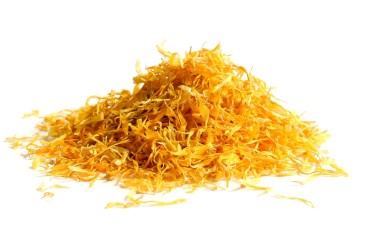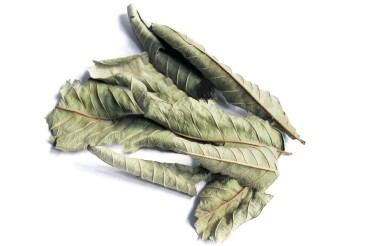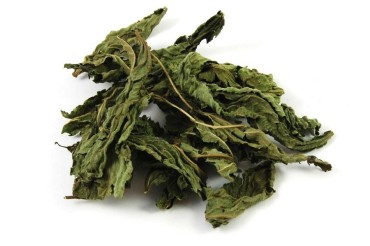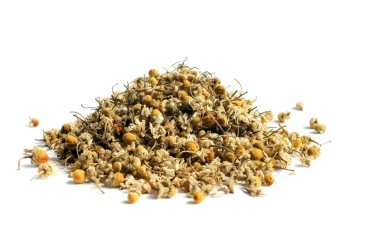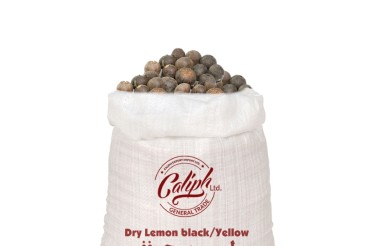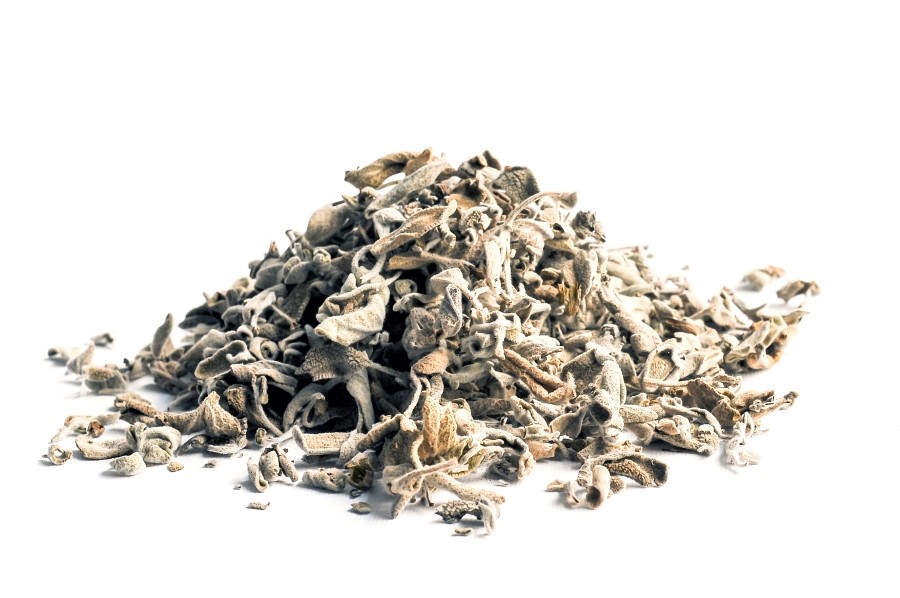
Overview
Sage is an herb that pairs excellently with meat dishes. Sage has a musty, aromatic scent and is commonly used in the Mediterranean and Middle Eastern regions. It is an evergreen herb that is available all year round. Cooks prefer sage leaves over ground sage.
Common Uses
Although it is most often used for meat preparation, this herb is also commonly used in poultry stuffing and as a main ingredient of sausages as it contributes well with fat-rich dishes. One of its benefits is that it gives a meaty flavour to vegetarian dishes. In India especially, cooks use it in rice, soups and grain dishes. Its perfect partner is in pumpkin. In Italy it is chopped and mixed with melted butter, then served stirred into pasta or potato gnocchi. In the Middle East, sage is used in kidney and liver recipes to elevate the flavours of the meat.
Recommended Storage
The most important point is that dried herbs and spices can never go bad if they are kept dry. Yes, the potency is lost, but it will still influence the flavor of your cooking.
Seeds, roots, leaves and flowers last longer than crushed or ground herbs and spices. When you are preparing to store your dry herbs and spices it is vital that they are completely dry. A good indication is to rub it with your finger to check if it crumbles. As oxygen degrades dried herbs and spices over time, you should store them in airtight containers. Glass jars with sealable lids are perfect, and so are metal tins. Plastic won’t do for long terms storage. Sunlight also degrades dried herbs and spices; therefore, it should be stored in a dark cabinet that is both cool and dry. If your spice rack is near the stove or cooker, steam will degrade your herbs and spices each time you open the container while cooking. When buying in bulk, you should always store only some of the dried herbs and spices in a glass or metal container. Each time you open it, it is exposed to the elements. When buying in bulk it is useful to label your containers with the purchase date and discard date.
- Purity:
100% pure sage leaves, less than 5% small leaves stems - Packaging:
20kg in polypropylene bags or paper bags as per request

